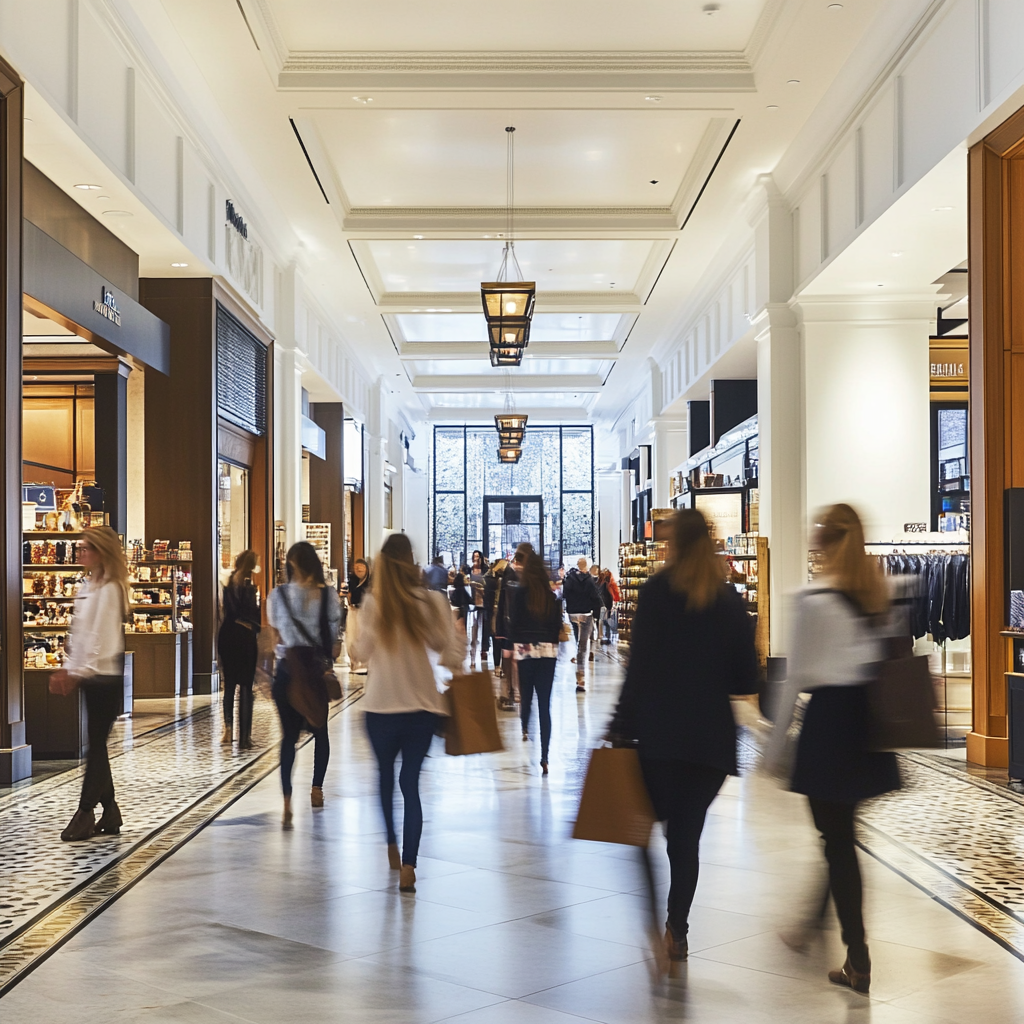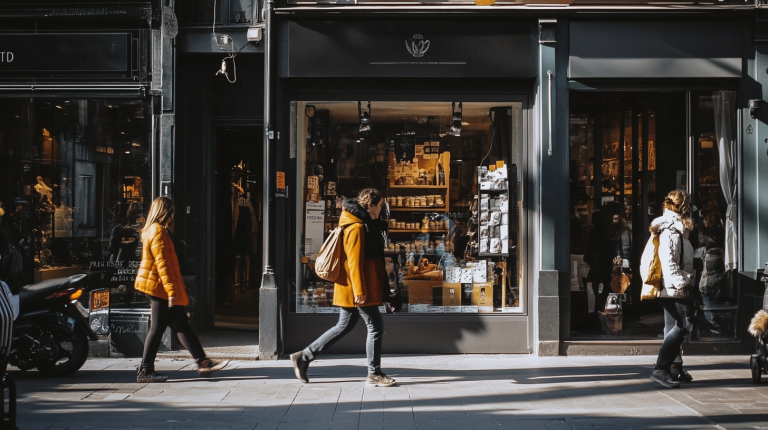How Store Traffic Counters Help Optimize In-Store Marketing Campaigns
In today’s retail landscape, making data-driven decisions is critical for staying ahead of the competition. One of the most effective ways to gather actionable insights is by using store traffic counters. These devices deliver precise footfall data, enabling better in-store marketing analytics and the ability to refine campaigns in real-time.
Below, we explore how store traffic counters offer practical benefits for measuring campaign impact, analyzing foot traffic patterns, and optimizing staff scheduling.
Measuring Marketing Campaign Impact
Real-Time Performance Tracking
When a new in-store marketing campaign launches—be it a product demo, special promotion, or themed event—retailers often rely on assumptions to gauge success. With a store traffic counter in place, you gain real-time store traffic analysis of how many customers enter your store during the campaign period. Spikes or dips in visits directly reflect the campaign’s effectiveness. This eliminates guesswork and helps you identify which tactics yield the highest return on investment.
Data-Driven Adjustments
Having accurate foot traffic counts also helps you see how changes to promotional displays or messaging impact visitor flow. If traffic increases substantially after moving a promotional stand near the entrance, that’s a clear signal your new layout is resonating with customers. Conversely, if visitor numbers plateau, you can pivot quickly—maybe by altering signage, rethinking product placement, or offering a stronger incentive.
Analyzing Foot Traffic Patterns
Identifying High-Traffic Zones
Beyond just total counts, modern store traffic counters can show which areas of your store see the most foot traffic during different times of the day. This is invaluable for in-store marketing analytics, as you can identify high-traffic zones to showcase premium products or launch interactive displays. Knowing these “hot spots” also helps you rotate merchandise intelligently, ensuring higher visibility for all product categories.
Spotting Seasonal and Weekly Trends
With continuous store traffic analysis, you can detect patterns that align with specific seasons, holidays, or weekly sales cycles. For instance, you may see higher footfall on weekends or during holiday seasons. Having this knowledge enables you to time your campaigns strategically, ensuring you capture the most attention when store visits are naturally higher.
Optimizing Staff Scheduling
Predicting Staffing Needs
Store traffic counters help you match employee schedules to actual customer flow. By pinpointing peak hours, you can deploy additional staff when the store is busiest. This approach cuts down on wait times, reduces customer frustration, and provides a better overall shopping experience. It also prevents overstaffing during slower periods, effectively managing labor costs.
Enhancing Customer Engagement
When employees have the bandwidth to interact with shoppers—thanks to optimized scheduling—they can focus on high-value activities like providing product recommendations or facilitating loyalty sign-ups. This level of customer engagement not only encourages repeat visits but also fosters positive word-of-mouth, further boosting your marketing efforts.
Conclusion
In an era where brick-and-mortar retailers are constantly seeking new ways to stay competitive, store traffic counters offer a powerful solution. By leveraging in-store marketing analytics and actionable store traffic analysis, you can measure campaign success, optimize foot traffic patterns, and schedule staff more intelligently. Whether you operate a boutique or manage a national chain, having real-time insights into visitor behavior is key to maximizing profitability and ensuring long-term growth.


